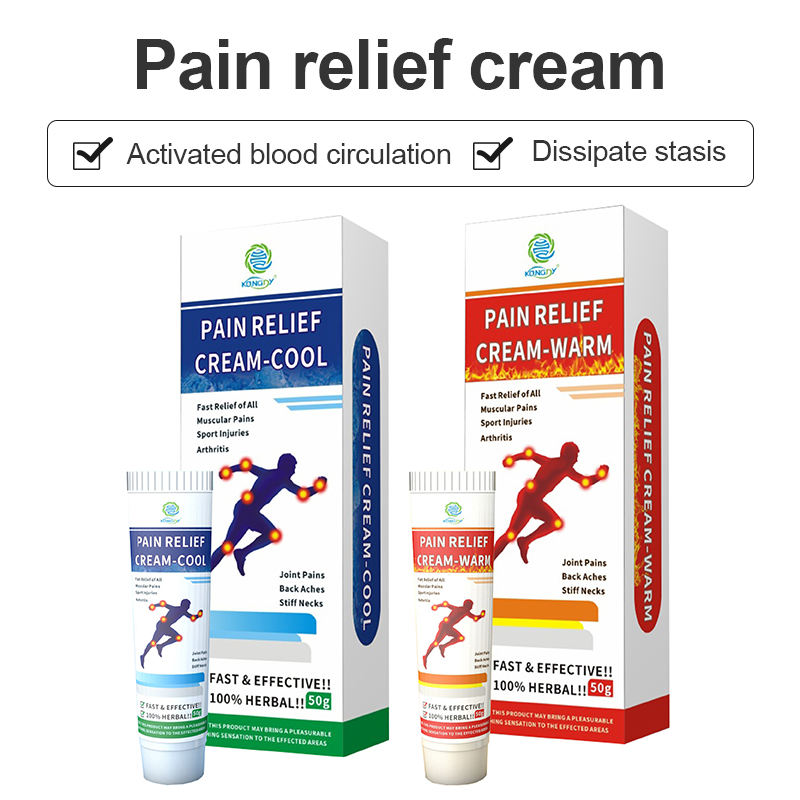Pain relief creams have become a popular choice for individuals seeking relief from various types of aches and discomforts. However, with their increasing popularity, several concerns and misconceptions have also arisen. In this article, we aim to address some of the most common queries and apprehensions surrounding pain relief creams, providing you with accurate information to make an informed decision.
Safety Concerns: One of the primary concerns regarding pain relief creams is their safety, particularly for long-term use. It’s essential to understand that these creams are designed for topical application and are generally considered safe when used as directed. However, it’s crucial to read the labels carefully and follow the instructions provided by the manufacturer or your healthcare professional.
Many reputable pain relief creams are formulated with natural ingredients or non-steroidal anti-inflammatory drugs (NSAIDs), which have been extensively studied and deemed safe for topical use. These creams typically have minimal systemic absorption, meaning that only a small amount of the active ingredients enters the bloodstream, reducing the risk of adverse side effects.

Effectiveness Doubts: Some individuals may doubt the effectiveness of pain relief creams, questioning whether they truly provide relief or if the perceived benefits are merely a placebo effect. While individual experiences may vary, numerous scientific studies have demonstrated the efficacy of topical pain relief creams, particularly those containing NSAIDs or natural analgesic ingredients.
These creams work by delivering the active ingredients directly to the site of pain or inflammation, providing targeted relief. The topical application allows for a higher concentration of the active ingredients to be absorbed locally, minimizing potential side effects associated with oral medications.
Concerns About Skin Irritation: Another common concern is the possibility of skin irritation or allergic reactions when using pain relief creams. While this is a valid concern, most reputable brands take measures to minimize such risks by carefully selecting their ingredients and conducting thorough testing.
It’s important to perform a patch test on a small area of skin before applying the cream more extensively. Additionally, if you have sensitive skin or known allergies, consult with your healthcare provider or pharmacist to ensure the cream’s suitability for your specific needs.
Interactions with Medications: Some individuals may be concerned about potential interactions between pain relief creams and any medications they are currently taking. While topical creams have a lower risk of interactions compared to oral medications, it’s still advisable to consult with a healthcare professional, especially if you are taking blood thinners, corticosteroids, or other medications that may interact with the active ingredients in the cream.
Suitability for Specific Conditions: Individuals may also wonder if pain relief creams are suitable for their specific condition or type of pain. While these creams can be effective for a wide range of aches and discomforts, such as muscle soreness, joint pain, and back pain, it’s essential to consult with a healthcare professional, especially if you have an underlying medical condition or chronic pain.
By addressing these common concerns and providing accurate information, individuals can make informed decisions about incorporating pain relief creams into their pain management strategies. Remember, open communication with healthcare professionals and following product instructions are crucial for safe and effective use.






